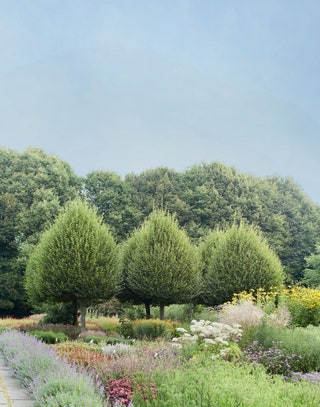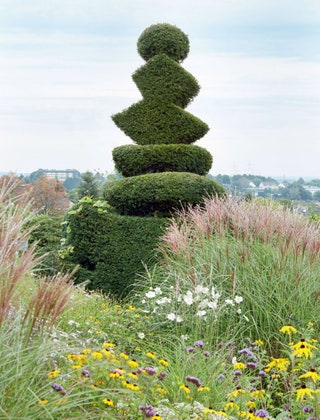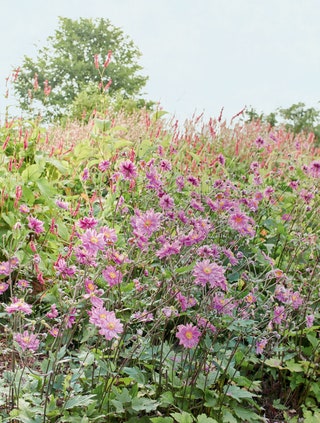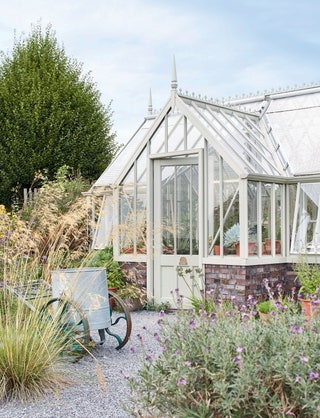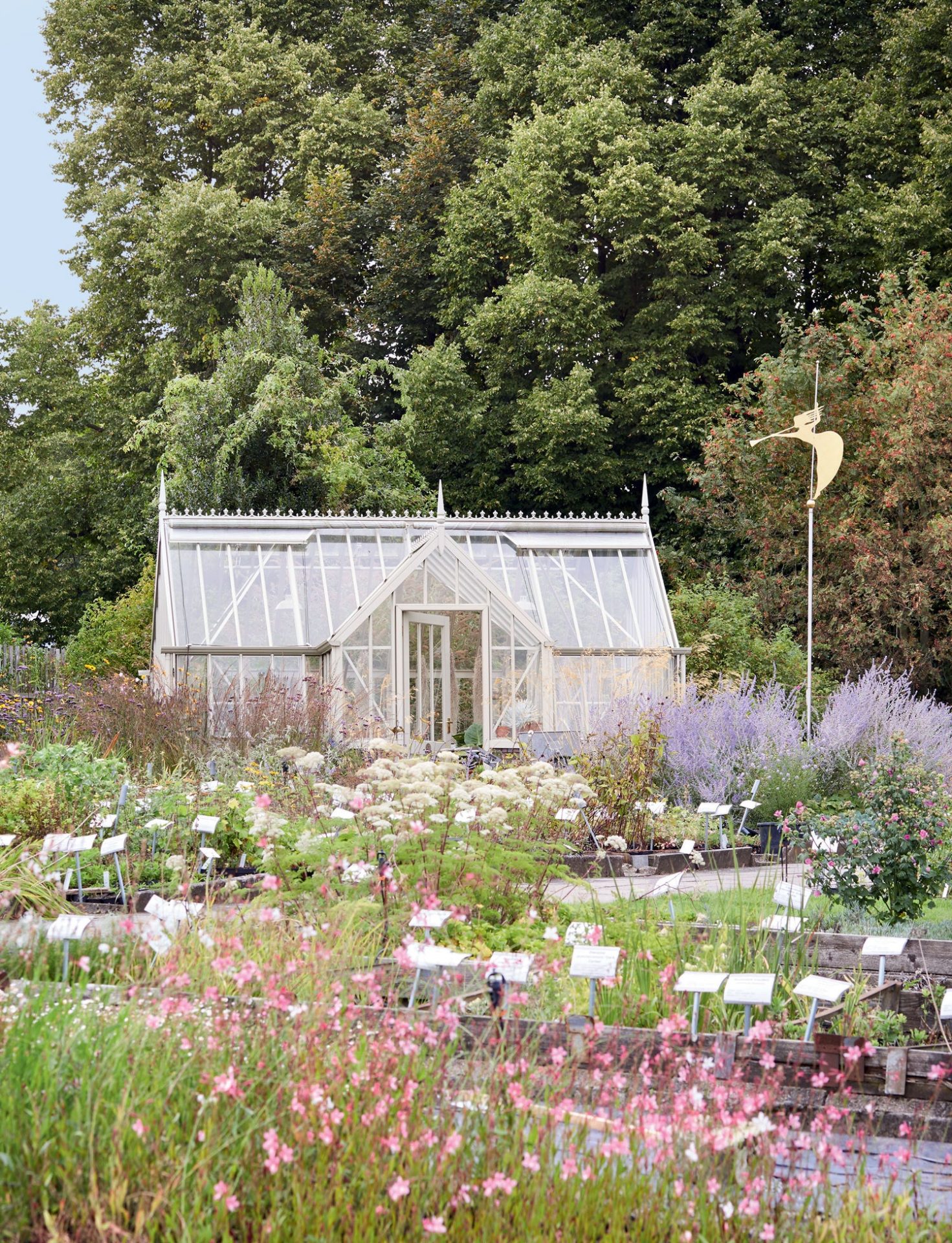
Inheriting a family business can be a blessing, but also a burden in which the privilege it affords can bump up against an individual’s need to be recognised for their own talents.
In 1888, Georg Arends neatly sidestepped the issue. Leaving six older and five younger siblings to support their father with the family houseplant nursery in Essen, young Georg moved to the town of Wuppertal and set up his own nursery. He specialised in the hybridisation of long-flowering perennials at a time when most plant enthusiasts were roaming the Far East collecting novel native species to send back to Europe, and the cultivars he created have shaped our gardens ever since. In the course of a long career, he produced more than 350 improved varieties, including astilbes, phlox, bergenias and aconites, many of which are still highly regarded. Spot the word ‘arendsii’ in a plant name and you know it will be sturdy, strong and very long-flowering.
‘Georg also bred for larger flowers and different colours. He was very artistic and had an excellent eye,’ says his great-granddaughter Anja Maubach, who took over the family nursery in 1998. Immensely knowledgeable about plants in her own right, Anja spent a journeyman’s year with Alan Bloom (whose Bressingham nursery is another family business that has produced many enduringly excellent perennials) and studied landscape architecture at the Technical University of Munich in Weihenstephan. The one aspect of horticulture that she has not actively pursued is the breeding of new cultivars.
‘There are already enough plants in the world,’ she says. ‘My job is not to make more, but to propagate using traditional techniques to maintain the vigour and vitality of Georg’s original crosses.’ This she does with a spiritual rigour to match the horticultural excellence that underpins everything she does. Anja is trained in classical homoeopathy, practises yoga, reads the ancient Persian poet Rumi every morning and believes we should garden from the heart, not from textbooks. ‘Trust your instincts,’ she says.
This mantra can have unexpected consequences for people who visit the nursery. ‘They come for bergenias and end up asking whether they should sell their house,’ says Anja. ‘It is my job to liberate people, to connect them with their dream and reconnect them with the natural pace. Gardening has a certain rhythm through the year, the month and the day. Here, we honour that.’
She explains that everything is done with an eye on the lunar calendar, working organically whenever possible: ‘This year, we are trialling a homoeopathic remedy for slugs. It will be very interesting to see if it works. Gardening is all about observation – whether for the needs of a single plant or a whole garden.
‘Georg believed a garden should have something in flower for as much of the year as possible, so he bred aconitums that were really late and anemones that were early. Anemone hupehensis ‘Praecox’ is a notable example of the latter. Long-flowering perennials are such a fundamental part of all our gardens these days that it is easy to forget what a recent development they are.’
At this time of year, the Arends anemones are reaching maximum velocity in Anja’s garden. ‘I prefer borders devoted to just one season and like to grow a selection of our anemones in one inspired by Gertrude Jekyll’s September border, with bergenias and sedums, such as ‘Herbstfreude’ – one of Georg’s hybrids. The anemones are all single-flowered varieties – doubles can suffer in the autumn rains – and look wonderful growing with ornamental grasses and bistorts. The important thing is not to plant them singly. Anemones are team players, happiest in a crowd.’
Anja, too, is a team player, who derives huge satisfaction from the community she has nurtured through her nursery, including staff who have worked with her for years, students who come to learn and her many regular customers, whom she helps with cultivating themselves along with their plants. Technically, they are not her family since, as she says, ‘there is no fifth generation waiting to take over’. But Anja treasures them as if they were. Together they are now setting up a trust that will protect the legacy of her great-grandfather’s work and, in the process, pass on Anja’s own inspirational philosophy to gardeners of the future.
Anja Maubach: anja-maubach.de

